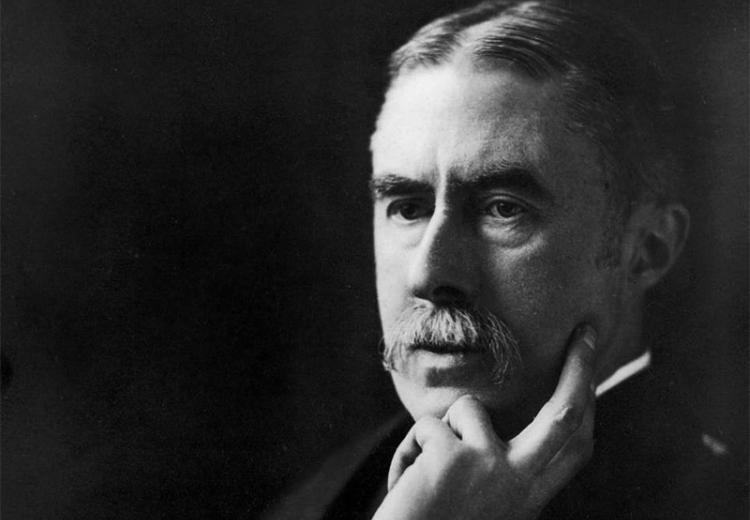Death in Poetry: A.E. Housman's "To an Athlete Dying Young" and Dylan Thomas' "Do Not Go Gentle into That Good Night"

Death. Perhaps no other theme elicits such deep and varied emotions from individuals across the globe. It's no wonder, then, that poets through the ages—no matter the time or place—have sought to address death through poetry. For poetry enables any poet to meditate upon and emotionally and lyrically respond to death, whether the death of a stranger, a loved one, oneself, or just the fact of death itself.
Poems about death, however, vary greatly both in terms of their tone and form. Some poems such as A.E. Housman's commonly read "To an Athlete Dying Young," for example, present death as a way to celebrate a young life lived to its fullest. Dylan Thomas' well-read villanelle "Do Not Go Gentle into That Good Night," by contrast, takes a different look at death: fight until the end, regardless of its inevitability.
In this lesson, students will study poems about death, including the aforementioned poems. Upon completing the suggested activities below, students will have a better understanding of how to read and interpret a poem from both the thematic level of death and the detailed level of poetic form. This lesson will provide them with analytical skills for reading and understanding poetry in general.
Guiding Questions
How do Housman and Thomas present death in their poems and how does the theme of death vary across poetry?
Learning Objectives
Define and understand in context common poetic devices, such as rhyme and sound
Interpret a poem and present that interpretation to other students
Recognize and understand the poetic forms of elegy and villanelle
Compare and contrast poems via active class discussion and well-supported written analysis
